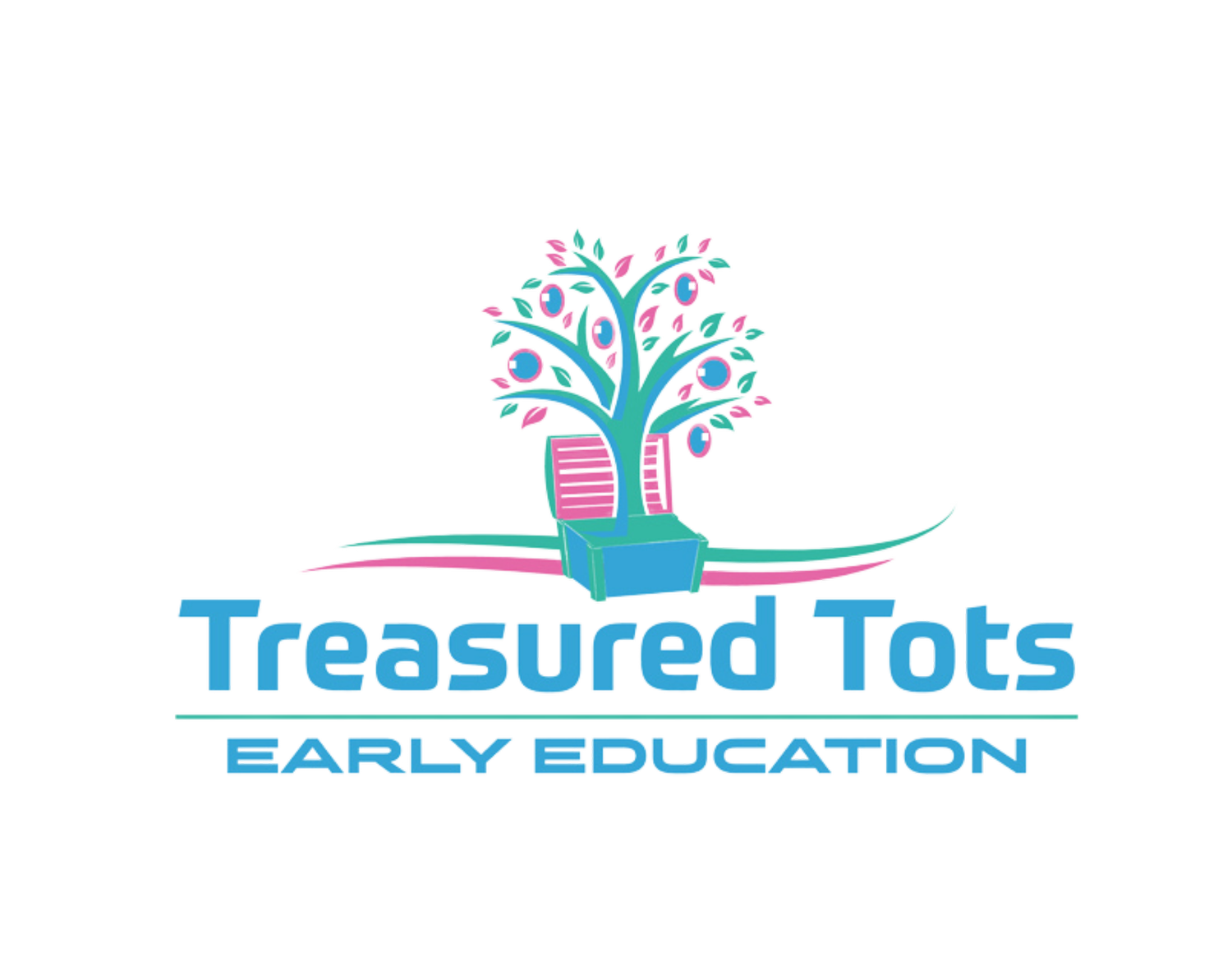Sun smart activities for babies and kids
As temperatures soar and weather records across Australia tumble, you don’t need to be an expert to know that we’re more at risk than ever of doing some serious damage to our bodies if we spend time outdoors without adequate protection.
It’s never too early to start sun protection
Sun protection should start from the day a baby is born because, according to the Cancer Council, overexposure to UV radiation during childhood and adolescence is a major factor in determining future skin cancer risk. Young skin is particularly susceptible to the harmful effects of solar UV and research shows that that sun exposure during childhood stimulates the initial step in the development of melanoma.
Being sun smart has to start from day one of a child’s life, but ‘no sun’ doesn’t have to mean ‘no fun’! If caregivers and parents stick to a careful routine to protect babies and children from the sun’s harmful effects, there’s absolutely no reason why life can’t be enjoyed to the full.
But let’s also remember that not all sunlight is bad or harmful. In fact, humans need some UV rays to help our bodies produce vitamin D which is essential for strong and healthy bones and muscles and for our immune function. It’s all about knowing when it’s safe to be in the sun and taking adequate precautions.
Getting savvy with the UV index
And that’s where the UV index plays a really important role.
Babies under 12 months should be kept away from direct sunlight when UV levels reach 3 or above, but if these levels are below 3, sun protection isn’t generally necessary. There are many resources where you can find the UV levels in your location (including the newspaper, the Cancer Council’s website, the Bureau of Meteorology’s website etc) and then you can plan your young one’s outdoor activities accordingly.
The Cancer Council’s message to ‘slip, slap, slop, seek and slide’ is a good way of remembering best practices and it provides a framework for caregivers and parents to protect their babies and kids, and of course, themselves when outdoors.
Remember, your sunscreen needs to be at least SPF 30+ broad-spectrum and water-resistant to fend off our harsh Aussie rays and outdoor activities should be scheduled outside of peak UV times and shady shelter from trees, awnings, shade sails etc should be sought wherever possible.
Become a sun protection role model
Children also learn by example and the healthy habits that they learn in their younger years are more likely to continue than those that they acquire in adulthood. That’s why it’s so critically important that parents and caregivers champion sun safe behaviour and are good role models for young ones.
Many babies and kids spend a large part of their day in childcare or early education centres and much of this is during the peak UV times. This puts the onus on the service providers to protect their charges. They have to ensure that their centre practices are sun-safe and that the education and role modelling they provide set the children up for a lifelong appreciation of the dangers of UV over-exposure - and this is why the SunSmart Schools and Early Childhood Membership programme is such a valuable resource.
The program started in the early 1990s to help raise awareness about skin cancer prevention and sun protection. It is a far-reaching programme but in terms of young children, they recommend that all early childhood services and schools develop and implement a comprehensive sun protection policy to minimise exposure to UV radiation from the sun and influence sun protection behaviours.
Is your early education centre a member of the SunSmart programme?
With so much at stake, anyone who is looking at childcare or an early education centre for their child should make sure that the school they choose is a registered member of the SunSmart programme.
Making sure that activities for babies and kids are sun smart doesn’t mean you have to all bunker down in a darkened room or miss out on any outdoor fun. If you follow the SunSmart guidelines (which are all evidence-based by the way, so there’s science behind all the directives) and make sure that your little ones are adequately protected from day one, there’s every reason to enjoy the great Aussie outdoor life to its fullest!
Book a tour of any of our wonderful centres to ensure our management team are available to show you around and answer any questions.
If you found this article useful, you might also like “Setting Up A Play Shop At Home” and “Why You Should Consider Yoga For Your Child“.

